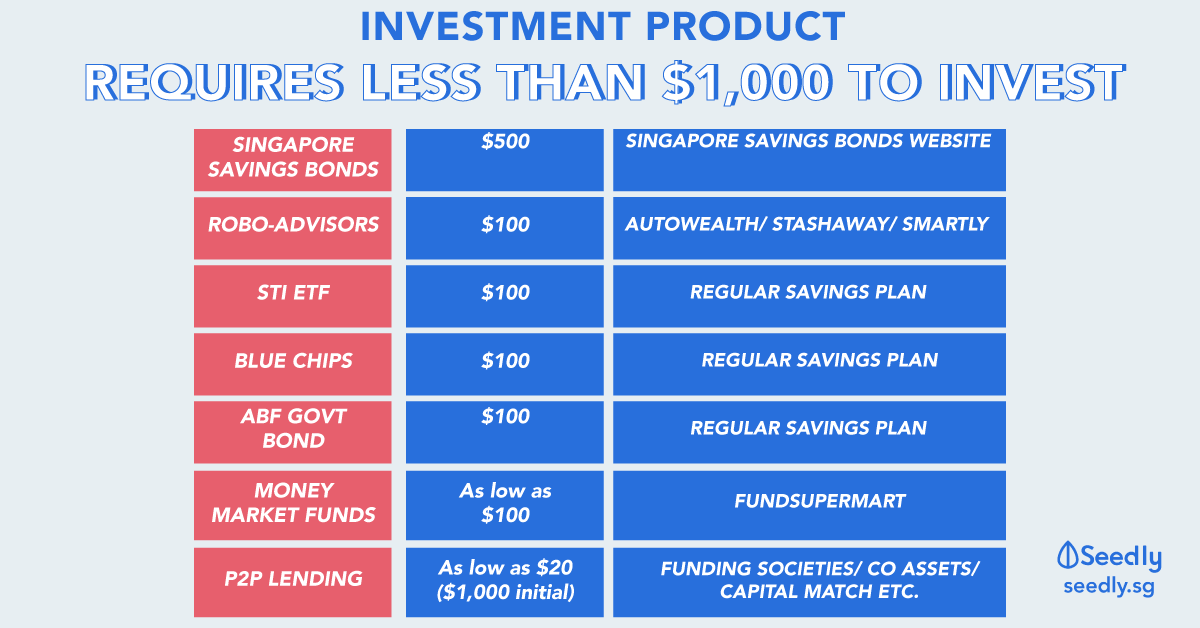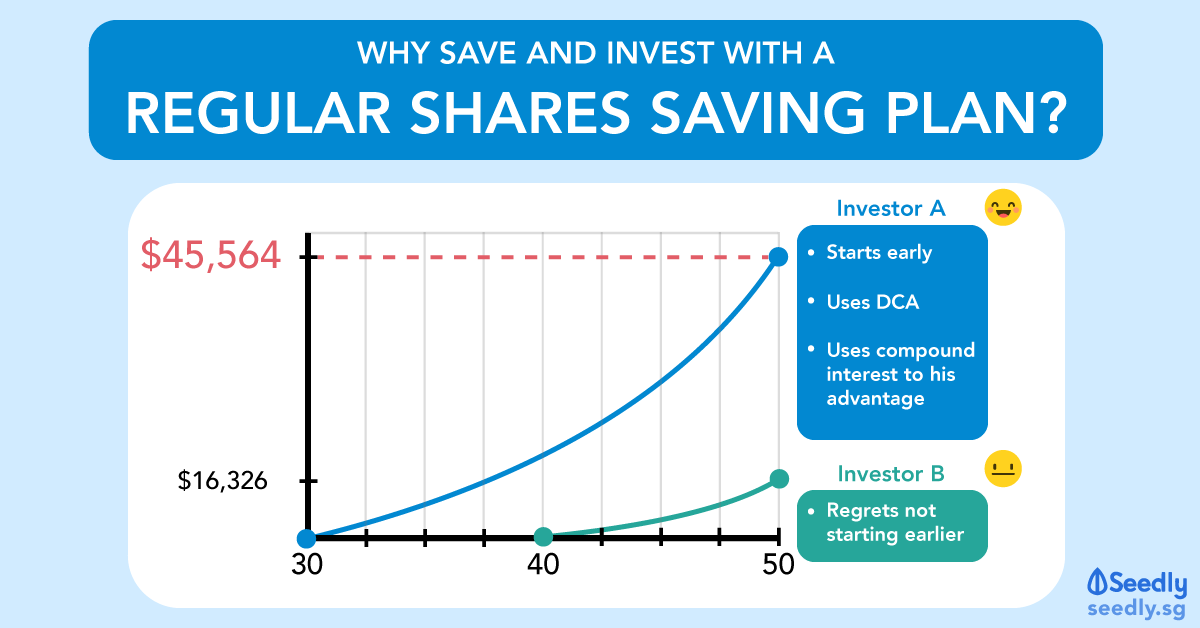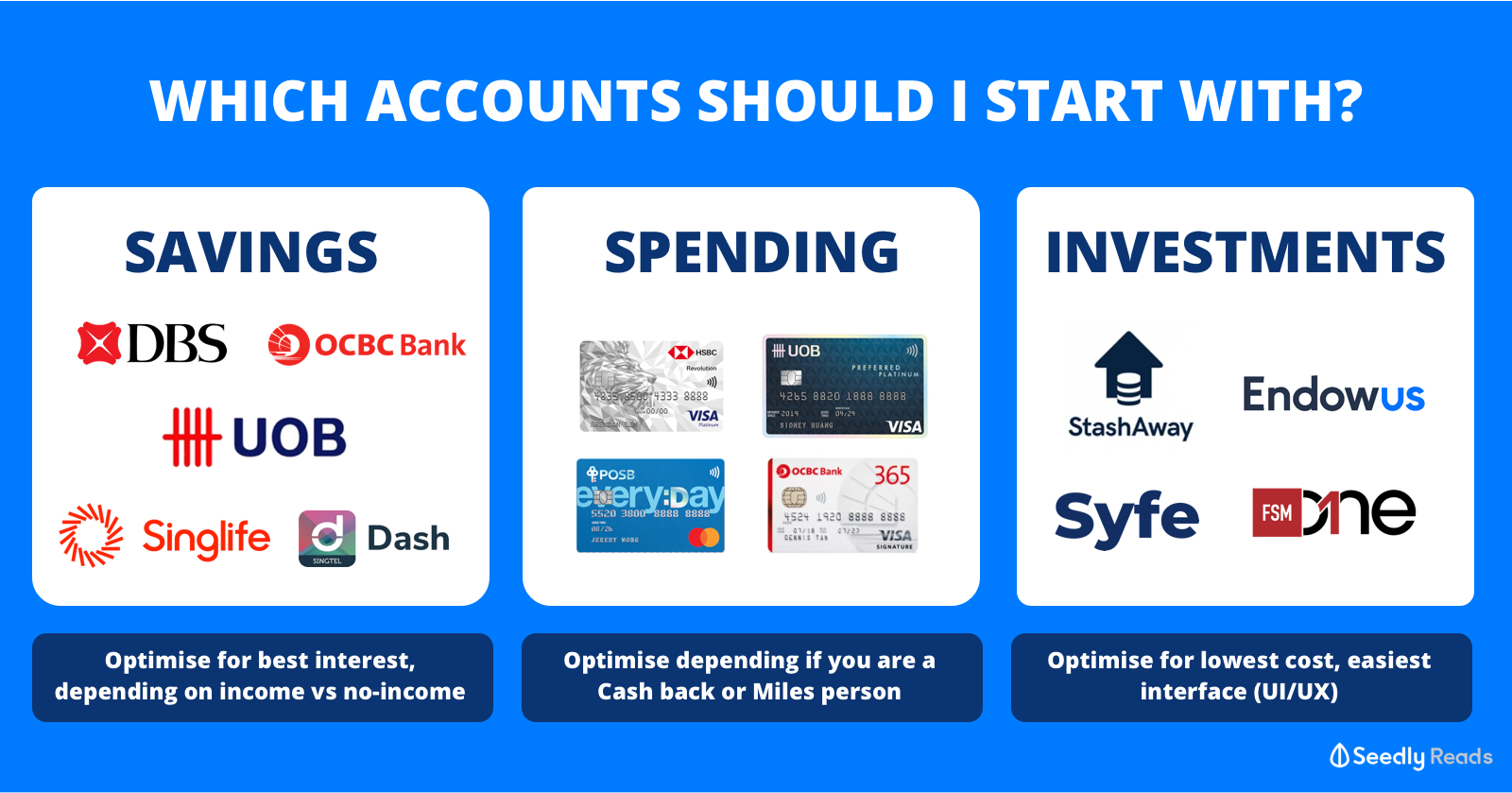Advertisement
Anonymous
How to begin investing as a young working adult?
I'm keen in starting off with investing in STI ETFs but it seems like many people discourage doing so, so I'm a little hesitant. In addition, I'm also considering to use Stashaway, but am not too sure if I should try begin with both STI and this together or start off with only one of them. For a start, I'm planning to set aside around $500 in total every month for such investments. Would appreciate any advice, thanks in advance!
7
Discussion (7)
Learn how to style your text
Reply
Save
-do it all by Yourself
-use ETFs advantages
-all what not to do is written up here:
Reply
Save
On STI vs S&P500:
https://dollarsandsense.sg/sp500-vs-straits-tim...
TLDR version: Focus on S&P500 if you want exposure to US and growth. STI if you want exposure in Singapore.
On Dollar Cost Averaging and Lump Sum Investing:
https://www.morningstar.com.au/learn/article/th...
TLDR Version: Most people should not be following a DCA strategy if they have a pot of gold. DCA strategy works best for people who want to invest from their monthly cash-flow.
On Withholding Taxes and Such:
https://www.stashaway.sg/r/etf-taxes-returns-an...
TDLR Version: There is minimal gain from funds that provide tax benefits due to frictional ownership costs.
On Your Monthly Budget:
https://www.aaronleow.com/life-budget-calculator
A good guideline can be done by using the above calculator.
Hope this helps :)
Reply
Save
Pang Zhe Liang
04 May 2020
Lead of Research & Solutions at Havend Pte Ltd
Investment Objective
Before you start investing, it will be best to understand your objective. Here are some questions to help you:
What is your capital?
How will you want to invest your capital? E.g. lump sum or an amount on a regular basis
How long will you want to stay invested? E.g. 10 years
What is your risk appetite? E.g. How do you feel about short-term volatility?
What is your objective for investing?
With a well-defined investment objective, we will conduct regular portfolio reviews to evaluate whether our portfolio remains on track. Otherwise, we may have to make adjustments in order to reach your goal.
Professional Advice
Next, you need to determine whether you possess the knowledge, skills, experience and time to invest on your own. Otherwise, evaluate whether you will be open to seek professional advice, e.g. through expertise from global investment firms like Mercer, BlackRock.
Financial Instrument
On the whole, there are various financial instruments that we can invest your money into, e.g. bonds, equity, real estate, commodities. Each instrument has its set of investment risk.
More Details:
Types of Investment Risk that You should know
The onus will be on you to do proper research, or to get trusted advice from a professional.
I share quality content on estate planning and financial planning here.
Reply
Save
Start reading up any personal finance / value investing books you can find on libby.com. There's no ...
Read 3 other comments with a Seedly account
You will also enjoy exclusive benefits and get access to members only features.
Sign up or login with an email here
Write your thoughts
Related Articles
Related Posts
Related Products

StashAway
4.7
1297 Reviews
StashAway Simple Guaranteed 3.55% p.a. (Guaranteed rate)
Cash Management
INSTRUMENTS
None
ANNUAL MANAGEMENT FEE
None
MINIMUM INVESTMENT
3.5%
EXPECTED ANNUAL RETURN
Mobile App
PLATFORMS

Endowus
4.7
657 Reviews

Syfe
4.6
935 Reviews
Related Posts
Advertisement








My advice is that its importance to increase your financial knowledge first and understanding your personal risk appetite! This would require some effort put into research and self-reflection. Take the time as you are still young and in no rush.
Some questions: "Am I investing in hopes of realising it all in the future to fund my child's future education/buy a house?" or "Do I want it to be an alternative source of annual income that can come in terms of dividend?"
Important thing now is do not rush into buying popular stocks now just because they're cheap. You need the financial knowledge first to pick good stocks and evaluate them yourself.
I would recommend investing 50% in a market portfolio like S&P500 ETF as it historically yields 10% return and has a general upward trend. Another 50% can be other individual stocks that you like and see a potential of 10% return. Diversification is always important. There is no reward for bearing unnecessary risks.
While building up your knowledge, you can think about investing in low-risk savings plans (e.g. from banks, SSB) first to gain some extra interest, instead of keeping cash in the bank.